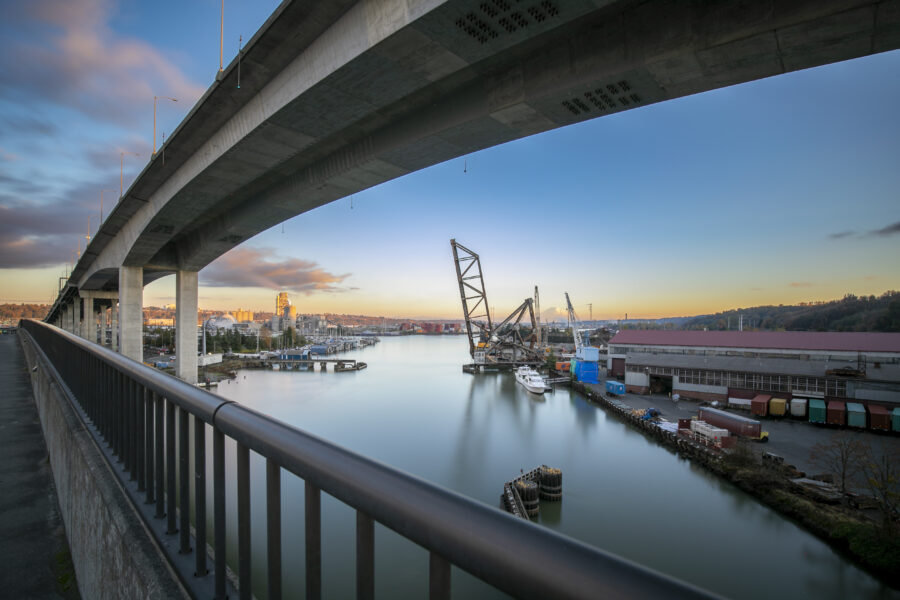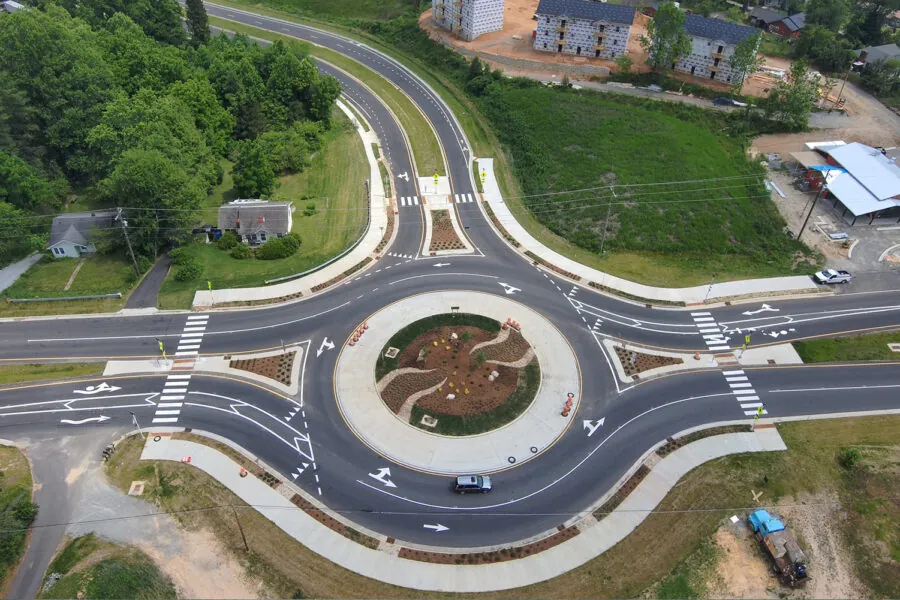Project Scheduling Software Dos & Don’ts

One of the biggest stressors in a transportation project is ensuring you are staying on track and that the construction team has a clear path to an on-time and on-budget completion.
Collectively, everyone is feeling the shortage of skilled workers. This is a reoccurring challenge that owners, contractors, prime contractors and subcontractors face. Often, this can lead to project delays due to understaffing, substandard production and overcommitment of limited resources.
To combat this, owners and contractors alike should take full advantage of schedules. One of the advantages is a full understanding of the varying staffing levels required throughout a project. This also allows the team to be proactive in mitigating peaks and valleys to reduce issues with an already strained labor market.
Overcome Project Delays
Worldwide management consulting firm McKinsey & Company estimated in 2016 that large construction projects are typically completed 80 percent over budget and take 20 percent longer than originally scheduled. This, in turn, puts a strain on the entire project team as well as the traveling public.
One way to overcome this challenge and decrease a project’s chance for delays is with scheduling. At project outset, developing an enhanced baseline schedule is vital. Mapping out the project from beginning to end – including what needs to happen, when and why – provides a roadmap to success.
The key to mitigating delays is carefully reviewing your roadmap and properly tracking your progress to provide insight on upcoming short-term and long-term challenges. Routinely updating the schedule will provide clarity around where the project currently is, where it should be and what needs to be adjusted in the schedule to stay on track.
Scheduling Software Dos & Don’ts
As with every industry, there are multiple software solutions to help project teams navigate schedules. One of the major downfalls of many software solutions is that most are great resources for schedule creation but fall short when it comes to schedule analysis.
We have compiled a few dos and don’ts when it comes to choosing the right software and consultant:
- Don’t overlook the details. The devil is in the details and a schedule needs to be thorough enough to provide an accurate representation of what needs to be done when and why.
- Do consult a project controls specialist who properly knows how to create and analyze a schedule.
- Don’t rely on software programs that don’t cover all your needs. Many software products do a great job at covering their primary uses but the “add-on” features usually fall short. Something as vital as a schedule – that touches every aspect of your entire project beginning to end – needs the best tools available.
- Do look for a consultant who has a deep understanding of different software nuances and can recommend the best path forward for your project.
Avoid Delays with the Right Process & Software
A continuous and detailed analysis of project schedules must be a top priority for project owners. This helps avoid delays, unnecessary risks and increased costs of projects. Identifying, interpreting, and understanding not only the schedule activities, but also the relationships within those activities is critical to maintaining a dynamic and accurate reflection of the project schedule. This advanced notice and knowledge will provide you precious time to be proactive in mitigating delays, instead of merely reacting to them.
At RS&H, our software analysis program of choice is Deltek Acumen Fuse. Reporting and analysis within this software are extremely sophisticated, which allows us to get into the details of each schedule activity and its relationships. This is critical and when used in conjunction with a robust scheduling software, it allows you the ability to identify, forecast and mitigate delays to your project. You will have the chance to learn more about this software in our next article, which will provide a detailed case study of Deltek Acumen Fuse.
If you are interested in learning more about ways in which RS&H can help enhance your current review process to help mitigate risk, saving time and money, contact Project Controls Group Leader Bob Jones at bob.jones@rsandh.com.




